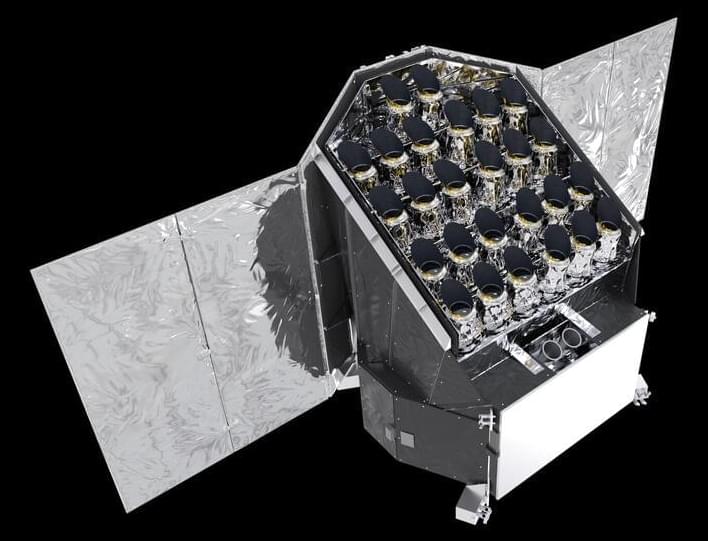Currently, 5,788 exoplanets have been confirmed in 4,326 star systems, while thousands more candidates await confirmation. So far, the vast majority of these planets have been gas giants (3,826) or Super-Earths (1,735), while only 210 have been “Earth-like”—meaning rocky planets similar in size and mass to Earth.
What’s more, the majority of these planets have been discovered orbiting within M-type (red dwarf) star systems, while only a few have been found orbiting sun-like stars. Nevertheless, no Earth-like planets orbiting within a sun-like star’s habitable zone (HZ) have been discovered so far.
This is largely due to the limitations of existing observatories, which have been unable to resolve Earth-sized planets with longer orbital periods (200 to 500 days). This is where next-generation instruments like the ESA’s PLAnetary Transits and Oscillations of stars (PLATO) mission come into play.
